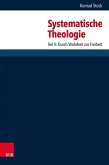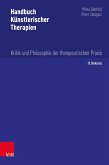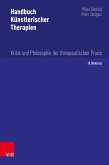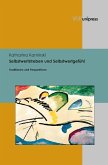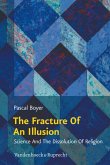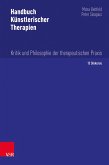"The Sickness unto Death", published in 1849, is a key-work for understanding Kierkegaard's philosophy and theology. Kierkegaard exposes the manifold types of despair and sin of the modern citizen. But the sophisticated systematic shape of "The sickness unto Death" faced the interpreter with enormous problems. This volume deals especially with the interpretations of Michael Theunissen and Joachim Ringleben and developed the inner logic of Kierkegaard's thought step by step in a new way. I give a fresh view of the famous sentences about men's selfhood at the beginning of "The sickness unto Death" and shows, how the first section of Kierkegaard's book, which deals with the phenomenon of despair, can related to its second section about sin.
Dieser Download kann aus rechtlichen Gründen nur mit Rechnungsadresse in A, B, BG, CY, CZ, D, DK, EW, E, FIN, F, GR, H, IRL, I, LT, L, LR, M, NL, PL, P, R, S, SLO, SK ausgeliefert werden.



